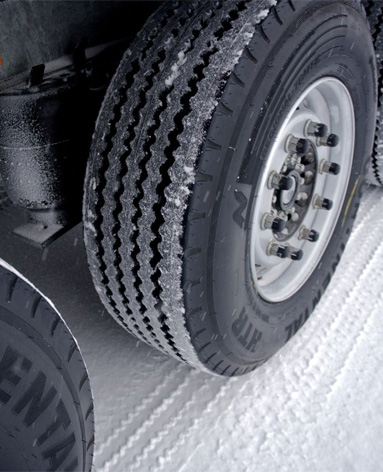Novemba . 18, 2024 09:44 Back to list
brake drum piston
Understanding Brake Drum Pistons A Crucial Component in Vehicle Safety
Brake systems are vital for the safety and performance of any vehicle, and one of their key components is the brake drum piston. While drivers may not always consider the intricacies of their braking systems, understanding the function and importance of brake drum pistons can lead to better maintenance and improved safety on the road.
What is a Brake Drum Piston?
A brake drum piston is part of a drum brake system, which is commonly found in many vehicles, especially older models and some newer ones designed for increased load-bearing capacity. Unlike disc brakes, which use a rotor and caliper to stop the vehicle, drum brakes feature a cylindrical drum that rotates with the wheel and contains brake shoes that press against the inner surface of the drum when braking is applied. The brake drum piston plays an essential role in this mechanism.
The piston is housed within the wheel cylinder, and its primary function is to push the brake shoes outward against the inside of the brake drum when the driver presses the brake pedal. This hydraulic action is triggered by the brake fluid that transmits force from the master cylinder to the wheel cylinder, activating the piston and, consequently, the brake shoes.
Functionality of Brake Drum Pistons
When a driver depresses the brake pedal, the master cylinder generates hydraulic pressure that moves the brake fluid through the system. The fluid travels to the wheel cylinder where the brake drum piston resides. As the pressure rises, the piston moves outwards, forcing the brake shoes to expand against the drum. This friction between the shoes and the drum slows down or stops the vehicle.
The efficiency of this process is critical, as a malfunctioning piston can lead to brake failure. Signs of a problematic brake drum piston may include reduced braking efficiency, uneven wear on brake shoes, or a noticeable pull when braking. Regular inspections and maintenance can help identify any issues before they lead to significant safety concerns.
Materials and Design
brake drum piston

Brake drum pistons are typically made from sturdy materials like aluminum or steel, chosen for their durability and resistance to wear and tear. Some modern brake systems utilize composite materials to reduce weight without sacrificing strength. The design of these pistons is also crucial; they must have precise dimensions to ensure proper fit and function within the wheel cylinder.
Moreover, the surface finish of a brake drum piston is important as it directly affects the piston’s ability to seal and operate smoothly. A well-finished piston will reduce the likelihood of brake fluid leaks and ensure that the hydraulic pressure can be effectively transmitted.
Maintenance Tips
To ensure the longevity and reliability of brake drum pistons, regular maintenance is essential. Here are a few tips for vehicle owners
1. Regular Inspections Periodically check the brake system, including the drum, shoes, and pistons, for wear and corrosion. 2. Brake Fluid Quality Ensure that the brake fluid is clean and at the proper level. Contaminated fluid can cause corrosion inside the system, affecting the piston’s function.
3. Professional Servicing When in doubt, consult with a professional mechanic who can provide expert assessments and service, especially if you notice any unusual brake performance.
4. Replacement of Worn Parts Don’t ignore warning signs. If you observe any braking issues or unusual noises, have your brakes inspected immediately.
Conclusion
The brake drum piston is an integral component of a vehicle's drum brake system, playing a critical role in ensuring safe and effective braking. Understanding its function, upkeep, and signs of wear can greatly enhance vehicle safety and performance. Whether you’re a seasoned automotive enthusiast or a casual driver, recognizing the importance of every component in your brake system will help you maintain your vehicle and enjoy a safer driving experience on the road. Remember, in vehicle maintenance, prevention is always better than cure.
-
Seamless International Solutions for Global Business & Travel
NewsAug.08,2025
-
Premium Volvo Brake Drums: Truck, Semi & VNL Performance Parts
NewsAug.07,2025
-
BPW Axles & Suspensions | Quality Running Gear for Trailers
NewsAug.06,2025
-
Premium Iveco Brake Drum - Durable & Reliable Performance
NewsAug.05,2025
-
High-Performance Nissan Brake Drum | Durable Braking
NewsAug.03,2025
-
2014 Mitsubishi Mirage Rear Brake Drums | Durable & Precise
NewsJul.31,2025
